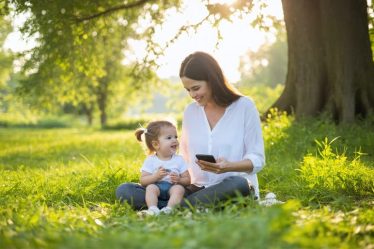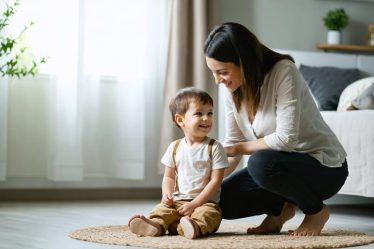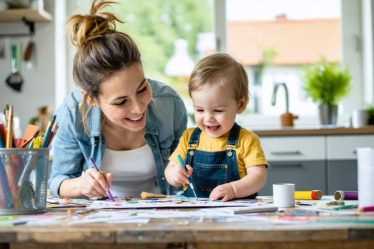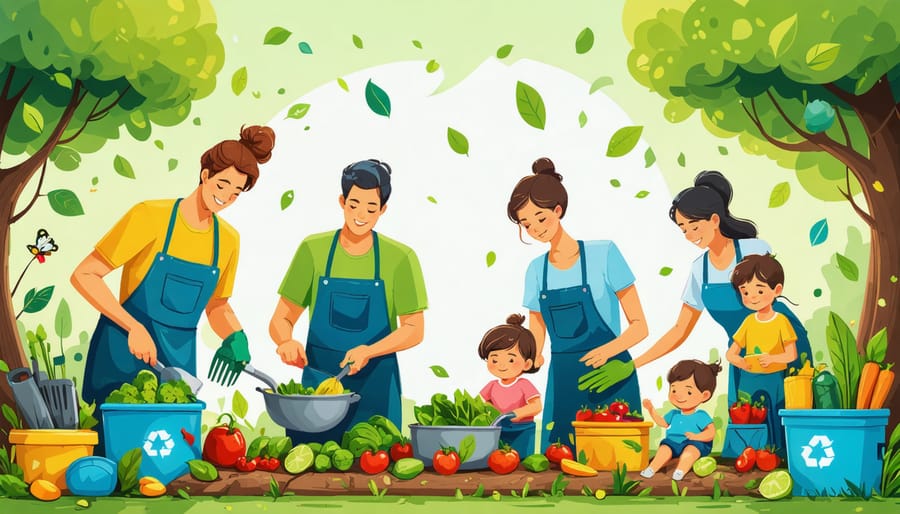
Enhance sustainability into your family’s DNA through everyday actions:
Teaching sustainability to children from a young age nurtures lifelong eco-conscious habits. Lead by example, making green choices the norm rather than the exception. Involve the whole family in eco-friendly projects like starting a vegetable garden, crafting with recycled materials, or organizing a neighborhood clean-up. Weave sustainability discussions into mealtime conversations, highlighting how small changes add up to a big impact. Together, your family can create a thriving, environmentally responsible household that inspires others to follow suit.
Start with Small, Everyday Habits
When it comes to family sustainability, small changes can make a big difference. Start by introducing simple eco-friendly habits at home that the whole family can participate in. Turning off lights when leaving a room, unplugging appliances not in use, and taking shorter showers are easy ways to conserve energy and water. Make it a fun challenge by setting goals and rewarding your family for reaching milestones, like a special outing or treat.
Recycling is another great habit to instill in your children from a young age. Set up separate bins for paper, plastic, and glass, and encourage everyone to sort their waste properly. You can even turn it into a game by seeing who can find the most recyclable items during a weekly scavenger hunt.
In the kitchen, involve your kids in meal planning and prep to reduce food waste. Teach them about portion sizes and using up leftovers creatively. Start a small herb garden together and show them how to incorporate fresh ingredients into your dishes.
When shopping, bring reusable bags and containers to cut down on single-use plastics. Explain to your children why this is important and let them choose their own fun, personalized bags to use.
Remember, the key is to make these habits enjoyable and engaging for the whole family. Lead by example, celebrate successes, and watch as these small changes add up to a more sustainable lifestyle over time.

Make Mealtime More Sustainable
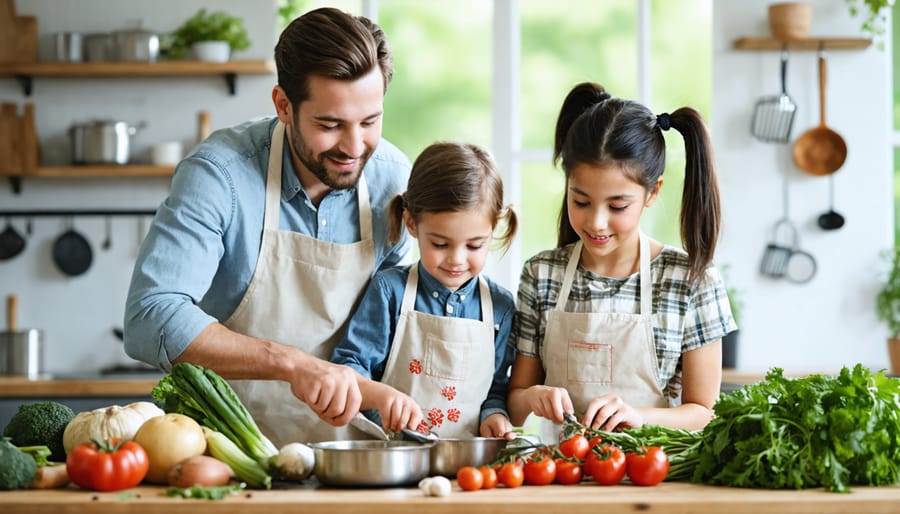
Cooking Together with Eco-Friendly Recipes
Cooking together as a family is not only a great bonding experience but also an opportunity to teach kids about sustainability in the kitchen. One of our favorite eco-friendly recipes is a delicious vegetable stir-fry using seasonal produce from the local farmers market. Let your children pick out their favorite veggies and teach them about the importance of supporting local agriculture and reducing food miles. Another fun recipe to try is homemade pizza with a cauliflower crust, which is a healthier and more environmentally-friendly alternative to traditional pizza dough. Involve your kids in the cooking process, and explain how using whole, plant-based ingredients is better for both their health and the planet. As you cook together, emphasize the importance of reducing food waste by using up leftover ingredients and composting scraps. By engaging your children in the kitchen and teaching them about sustainable cooking practices, you’ll help them develop a lifelong appreciation for healthy, eco-friendly eating habits.
Explore Nature and Connect with the Environment
Spending time outdoors and connecting with nature is a wonderful way for families to embrace sustainability while strengthening their bonds. Take a break from screens and head outside for a nature walk, observing the diverse plants and animals around you. Encourage your children’s curiosity by identifying trees, flowers, and bird species together, fostering a love and appreciation for the natural world.
Gardening is another fantastic activity that combines quality family time with environmental stewardship. Start a small vegetable or herb garden in your backyard or in containers on your balcony. Let your kids choose what to grow, and involve them in planting, watering, and harvesting. Not only will they learn about the life cycle of plants and the importance of nurturing living things, but they’ll also delight in eating the fresh, organic produce they’ve grown themselves.
For a more adventurous outing, participate in a local beach or park cleanup as a family. This teaches children about the impact of litter on ecosystems and empowers them to make a difference. Make it fun by turning it into a friendly competition to see who can collect the most trash, and reward everyone’s efforts with a picnic featuring eco-friendly, reusable containers.
By immersing your family in nature and engaging in activities that protect and celebrate the environment, you’ll cultivate a deep appreciation for the world around you while creating lasting memories. These experiences will help your children develop into conscientious, environmentally aware adults who prioritize sustainability in their own lives.
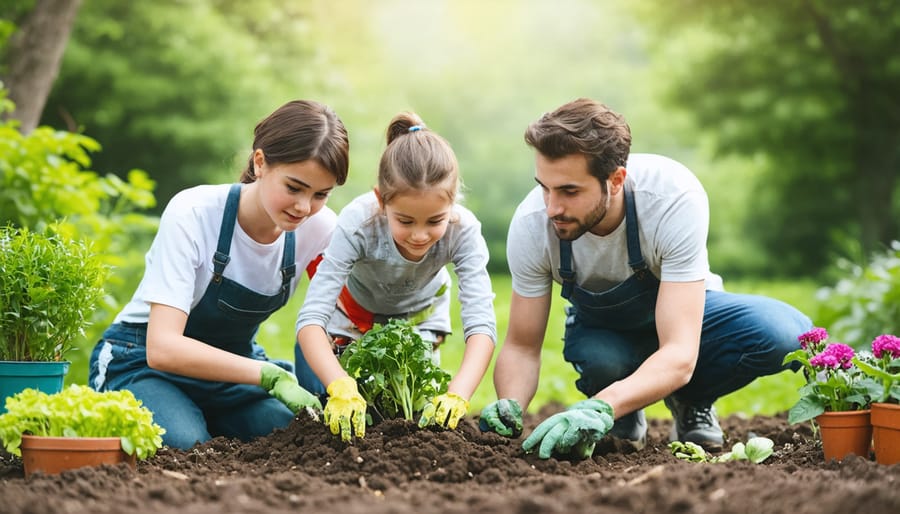
Choose Sustainable Fashion and Personal Care Products
DIY Beauty and Skincare Recipes
Making your own beauty products is a fun and eco-friendly activity the whole family can enjoy. One simple recipe is a honey-oatmeal face mask. Mix 1 tbsp honey, 1 tbsp oats, and a dash of cinnamon. Apply to clean skin for 10-15 minutes, then rinse for a nourishing glow. Another idea is a sugar-coconut oil body scrub. Combine ½ cup sugar, ¼ cup coconut oil, and a few drops of essential oil. Gently massage onto skin in the shower to exfoliate and moisturize. Not only are these recipes natural and affordable, but they also provide an opportunity for family bonding and self-care. Plus, you can customize them with your favorite ingredients and scents. Experimenting with DIY beauty is a great way to prioritize sustainability while pampering yourself and loved ones, and you can also explore different eco-chic beauty brands that are contributing to both personal and planetary wellness.
Conclusion
Family sustainability is a journey that not only helps protect our planet but also strengthens the bonds within our households. By making small changes in our daily routines, like conserving water, reducing waste, and supporting eco-friendly brands, we can create a more sustainable lifestyle that benefits both the environment and our loved ones. Involving children in these practices teaches them valuable lessons about responsibility and compassion, setting them up for a brighter future. Adopting sustainable habits as a family also provides opportunities for quality time together, whether it’s cooking wholesome meals, tending to a garden, or exploring nature. As you embark on this path, remember that every effort counts, no matter how small. Start by implementing one or two ideas from this article and gradually build upon them. By prioritizing sustainability as a family, you’ll not only contribute to a healthier world but also create lasting memories and traditions that will be cherished for generations to come.

